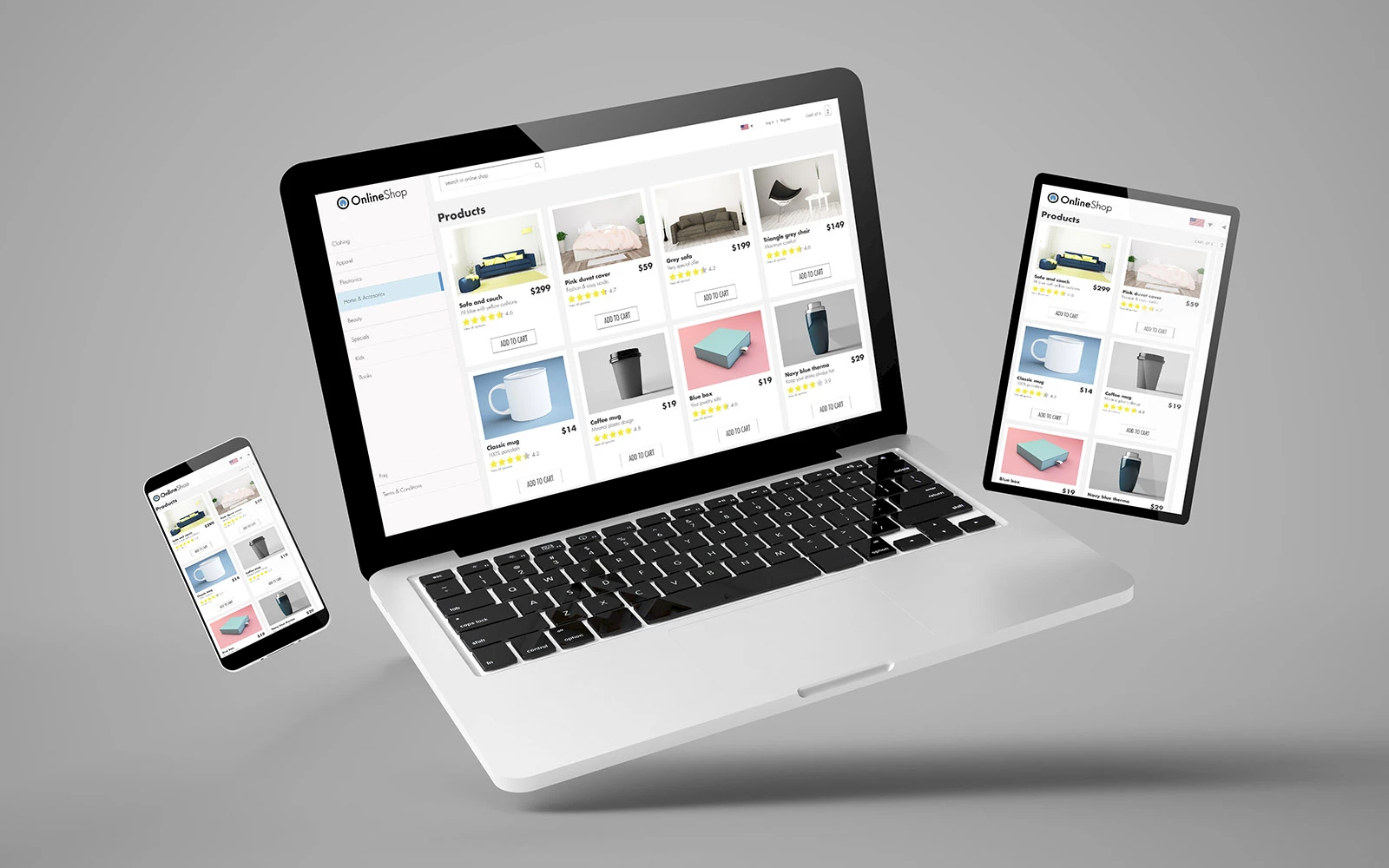How to get started in e-commerce

For neighbourhood stores, going on-line can seem like a huge challenge. Jean-Sebastien Dionne, Production Manager at Spiria Montreal, has lots of experience with e-business. Here, he gives you some wise advice to get you on your way.
So you own a neighbourhood store. Almost all of your clients are from the neighbourhood and live within strolling distance. In fact, you’re on a first-name basis with many of them. Unfortunately, the COVID crisis has forced you to shut down until this all blows over, and in the meantime, you’ve lost contact with your clients. You are concerned that even after the easing of the lockdown, business will never get back to normal.
The next few months are nothing if not uncertain, and in any case, another such situation will probably arise again in the future. So, you’re thinking, now is probably a good time to prepare for the future and to open an on-line store. Odds are, you have been thinking about it for a while now, and your clients have been asking you about it. You’ve looked into it, but there are too many unanswered questions. Well, here is some sound advice to help you go on-line!
Plan your on-line presence for the long-term
Of course, an on-line presence requires an initial investment in time, energy and money. You’ll need to find the right supplier, have your site developed, and go live with it. This last stage is often seen as the end of the project, when it’s just the beginning!
In fact, after go-live come the first transactions, the first clients and the first deliveries, as well as the comments, the hitches and the new ideas. All of these will bring your site to evolve and grow, which needs to be funded on an on-going basis.
Once a site is up, it needs periodic attention to update the e-business solution (if only for security’s sake), to add new features to meet your customers’ expectations, or when changing suppliers, for example. It is vital to the smooth functioning of your on-line store and to its success to set aside a budget for recurrent maintenance and for investments to support growth.

Minimize risk by starting small
Given all of the above, you must keep back some money to actually operate your site. Do not make the mistake of blowing all your budget on start-up costs.
And don’t compare yourself to e-business giants like Amazon, eBay and others. Their platform is the result of over 25 years of evolution and millions of dollars of investment.
The features an on-line store can have are limitless. Don’t make the mistake of trying to have them all from the get-go. Since your site will inevitably evolve, you will be able to add features further down the road. Identify what will quickly create value for you, i.e. what will actually generate revenue. For example, you probably don’t need to offer 100% of your inventory on-line; you can almost certainly start with just your best-sellers. Your point-of-sale system doesn’t need to be connected right away, that can wait. And one single delivery option can probably suffice at first; in fact, you can probably get away with curbside pick-up only, to simplify logistics.
To contain financial risk, you’ll have to prioritize essential features. Go for the ones that will immediately start generating revenue, revenue you can then reinvest in your on-line store. Ideally, with a lower initial investment, your on-line presence will soon start paying for itself.
Assessing available platforms
Should you get a licenced solution? Or should you go for an open-source content management system (CMS)? There are as many different options as there are price tags. Licenced solutions are usually geared to companies with high volumes of on-line sales. That probably won’t be your case, at least not at first. Plus, you’d have to pay recurring licencing fees. And the developers who know these proprietary technologies don’t come cheap. And while these solutions might seem like plug-and-play, they come with hidden integration costs that can really add up.
On the other hand, solutions based on open-source code are less expensive and more accessible, and the developer pool is much larger. This isn’t to say that these solutions are free of recurrent costs. They still require regular updates, if only for security’s sake, and basic maintenance.

Don’t underestimate the impact on your operations
On-line stores create a host of new tasks that you’ll have to integrate into your operations: keeping the site up-to-date, managing physical and on-line inventory, receiving orders and information requests, preparing and mailing parcels, etc.
When will you process on-line orders? Who will be assigned to telephone support for on-line clients? How will you handle refunds for products paid for on-line? Who will handle the orders? How will you handle products that have been ordered, but are not available? Will you have to photograph products to put them on-line? Will you handle on-line prices differently?
So many questions to answer before you can even get started! Imagine how you would like your clients’ on-line experience to be, and make sure you cover all the angles. And don’t forget to advertise your site. Talk it up in your physical store and put the address on your receipts, on your stationary, in your email signature, on social networks, etc.
Find the right partner
A myriad of suppliers are clamoring to serve you, all for a different price. How do you choose the right one?
A myriad of suppliers are clamoring to serve you, all for a different price. How do you choose the right one? There are many criteria to help you narrow down your choice. We listed some of them in our “Resources” section.
But when all is said and done, the most crucial criteria is the following: staying power! Make sure you choose a partner that can keep supporting you for years to come, and that is robust enough to stay in operation through hard times. Too many people have chosen partners that no longer exist, or that can no longer support them. And changing suppliers is always an expensive proposition. Ideally, you choose the right supplier, and you stick with them.
Good luck!
